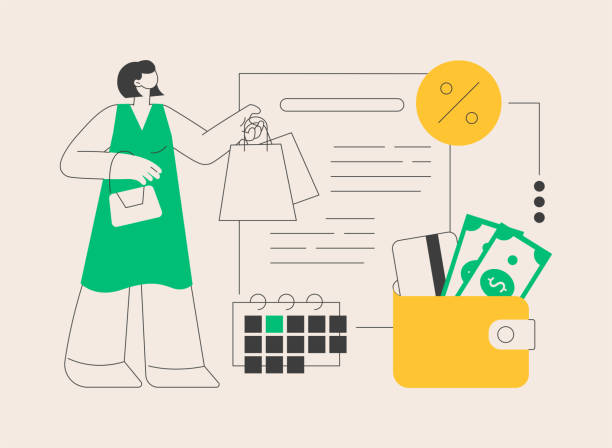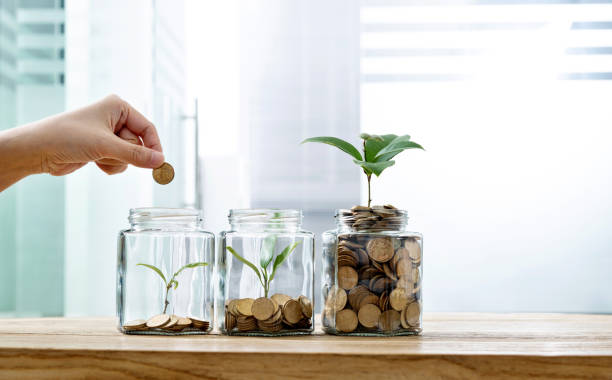1. What Are Green Loans and Why Are They Important?
Green loans are loans specifically given for environmentally friendly projects. These loans assist individuals who want to make their homes, businesses, or communities more sustainable. The purpose of such loans is to reduce environmental impacts and promote projects related to renewable energy, energy efficiency, and sustainable agriculture. Nowadays, green loans are available to everyone, whether they want to switch their home to solar energy or make their business operations more sustainable. These loans are not only better for the environment but can also help save money in the long run.
2. The Origin and Historical Context of Green Loans

The concept of green loans is not new, but its use and purpose have become clearer in recent years. In recent years, awareness and concern regarding environmental change have increased. Governments and financial institutions have realized the importance of promoting sustainable development, which has paved the way for green loans. These loans were first introduced in Europe and North America, but now they are being used worldwide as a common financial tool.
3. Different Types of Green Loans
Green loans come in various types, depending on the needs of your projects. The most common type is energy-efficient home improvement loans, which are given to reduce a home’s energy consumption. Then there are renewable energy loans for technologies such as solar panels, wind turbines, and other renewable energy solutions. Additionally, some loans are available for sustainable agriculture and water conservation projects. Each loan has its own interest rate and terms, depending on the applicant’s financial stability and the type of project.
4. Who Qualifies for Green Loans?

Many people think that green loans are only for large businesses or wealthy individuals, but this is not the case. Today, banks and financial institutions are working to make green loans accessible to everyone so that anyone can make sustainable choices. These loans are available for small businesses, homeowners, and even tenants who want to reduce their energy bills. Eligibility criteria often depend on the applicant’s credit history, income, and the feasibility of the project.
5. Benefits of Taking Green Loans
There are many benefits to taking green loans. The primary and major benefit is that these loans help you make environmentally friendly investments, which reduce your carbon footprint. Another benefit is that these loans can be cost-saving in the long term, as energy-efficient technologies are often more cost-effective than traditional technologies. These loans are often available at concessional interest rates, which can reduce the overall cost of the loan.
6. Differences Between Green Loans and Traditional Loans
The main difference between green loans and traditional loans is their purpose and terms. Green loans are specifically for environmental and sustainable projects, while traditional loans can be used for any purpose. Additionally, green loans are often given at lower interest rates because their goal is to promote sustainable development. Banks and lenders often promote green loans and provide incentives for applicants to invest in such projects.
7. Availability of Green Loans in Pakistan

The concept of green loans is gradually becoming popular in Pakistan. Many banks and financial institutions are now offering green loans to help homeowners and small businesses implement their environmentally friendly projects. The State Bank of Pakistan has also introduced guidelines to promote sustainable financing, which is increasing the accessibility and awareness of green loans. This is expected to improve environmental impacts and promote sustainable development.
8. How Does Green Loan Financing Work?
Green loan financing often includes concessional terms and low-interest rates. Banks and financial institutions assess the feasibility of these projects and then decide on the loan amount and terms. Typically, these loans cover the specific costs of the projects, such as the installation of solar panels or the replacement of energy-efficient windows. Loan repayment terms are often flexible, allowing borrowers to customize them according to their financial situation.
9. Application Process for Green Loans
Applying for green loans is a straightforward process, but certain steps need to be followed. First, you need to gather all details of your project, such as cost estimates, project plans, and environmental benefits. Then, you need to contact your financial institution and obtain loan application forms. After filling out the application form, you must submit the required documentation. For approval, banks usually review your credit history, income proof, and project feasibility.
10. Best Practices for Green Loans
If you are applying for a green loan, adopting some best practices is essential. First, always do comprehensive planning for your project and calculate all cost estimates and benefits. Second, keep your credit score and financial documents updated and accurate to avoid approval issues. Third, always obtain quotes from different lenders and compare them to get the best terms and rates. Most importantly, highlight the environmental impact of your project, as this is a crucial factor in green loan approval.
11. Risks and Challenges of Green Loans
Green loans come with some risks and challenges that cannot be overlooked. The primary risk is that if your project fails, you might face issues with loan repayment. Additionally, the terms of green loans are often specific, and if you do not fully understand them, you may face financial difficulties. Therefore, it is important to assess the feasibility of your project and thoroughly understand the loan terms before applying.
12. Role of Green Loans in Financial Planning
Green loans play an important role in financial planning. They help you make environmentally friendly and sustainable investments, which are financially beneficial in the long term. Additionally, these loans can also help increase the value of your home or business. In good financial planning, green loans should always be considered as they not only reduce your expenses but also lower your carbon footprint.
13. Green Loans and Community Development
Green loans are beneficial not only for individuals or businesses but also for community development. When people and businesses invest in green projects, it benefits not only themselves but also the community. Green projects, such as communal gardens or renewable energy projects, help make communities more sustainable and self-sufficient. Such projects also foster community bonding and provide opportunities for collective efforts toward environmentally friendly goals.
14. Importance of Green Loans in the Future
In the future, the importance of green loans is expected to increase. As the effects of environmental change become more noticeable, people and governments are looking to invest in more sustainable projects. Green loans support this trend and provide a reliable source of funding. In the future, we hope green loans will become even more accessible and widespread, allowing everyone to achieve their environmentally friendly goals.
15. Build Your Sustainable Future with Green Loans
Green loans are a great way to ensure a sustainable future. They not only provide financial support but also help you make better choices for the environment. Apply for a green loan today and advance your environmentally friendly projects. These loans provide financial security and assist in achieving your environmental goals. Take a step towards a sustainable future and contribute through green loans.
Considering all these points, understanding and benefiting from green loans is essential for everyone. These loans are not only environmentally friendly but also offer significant financial protection for your stability.
